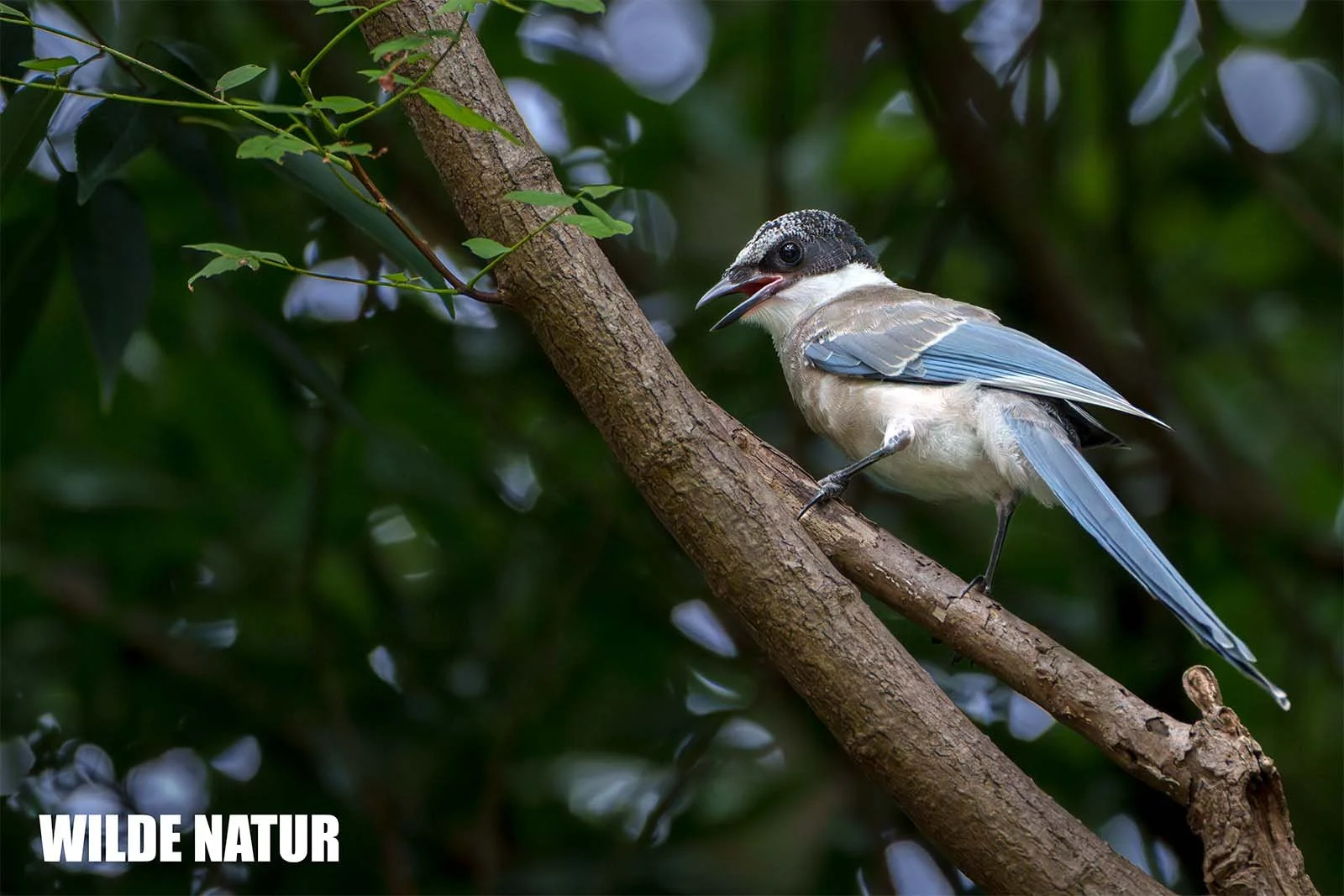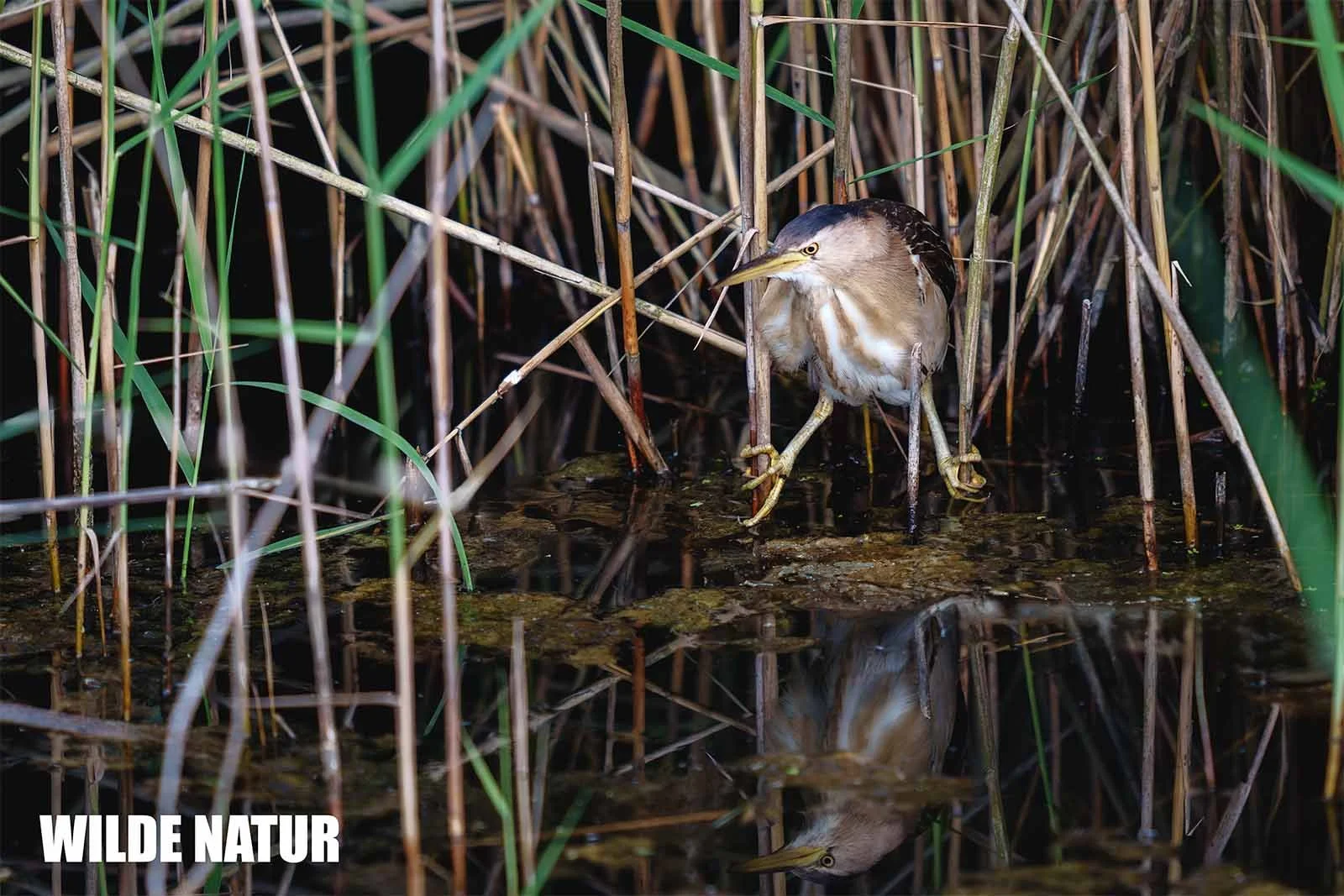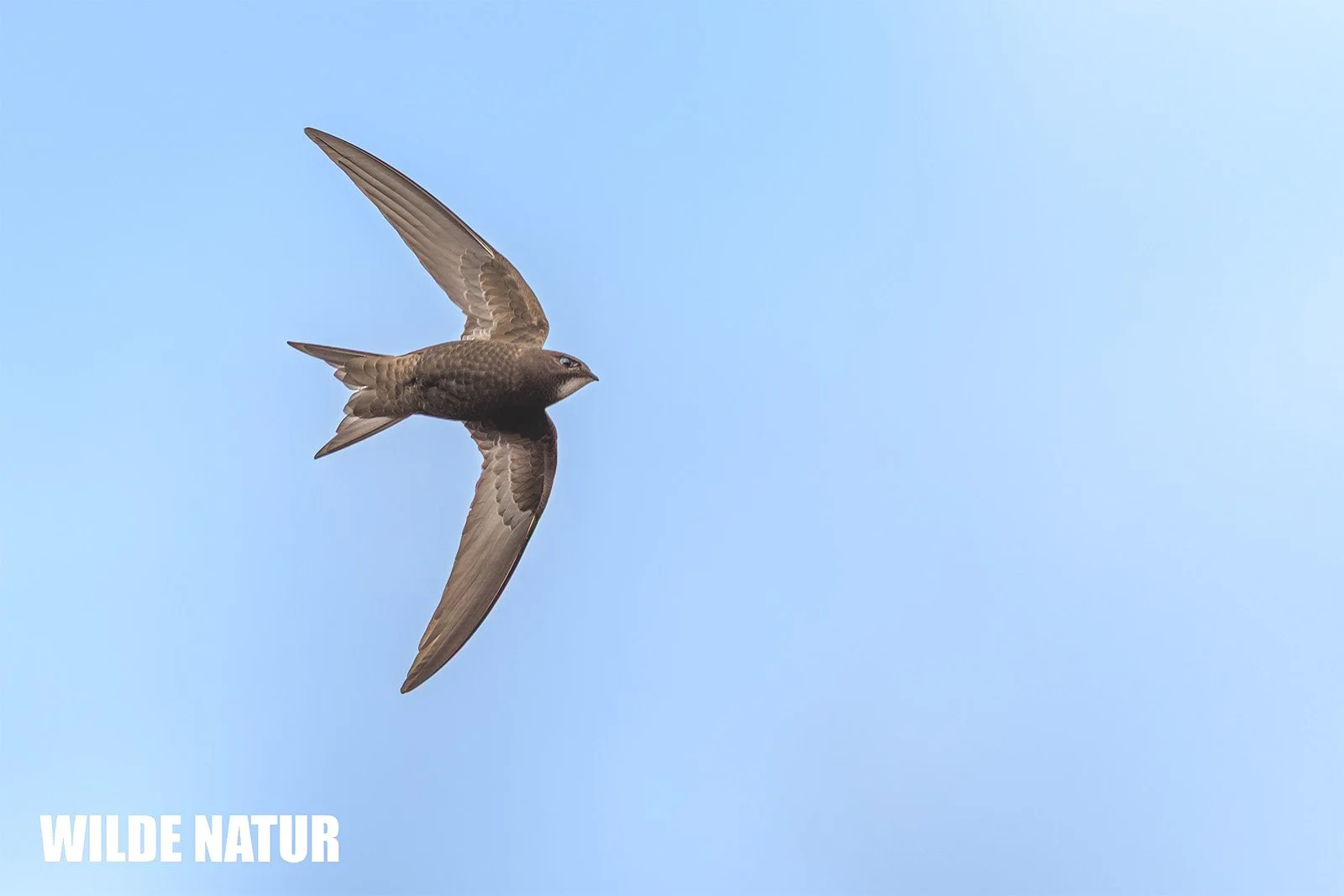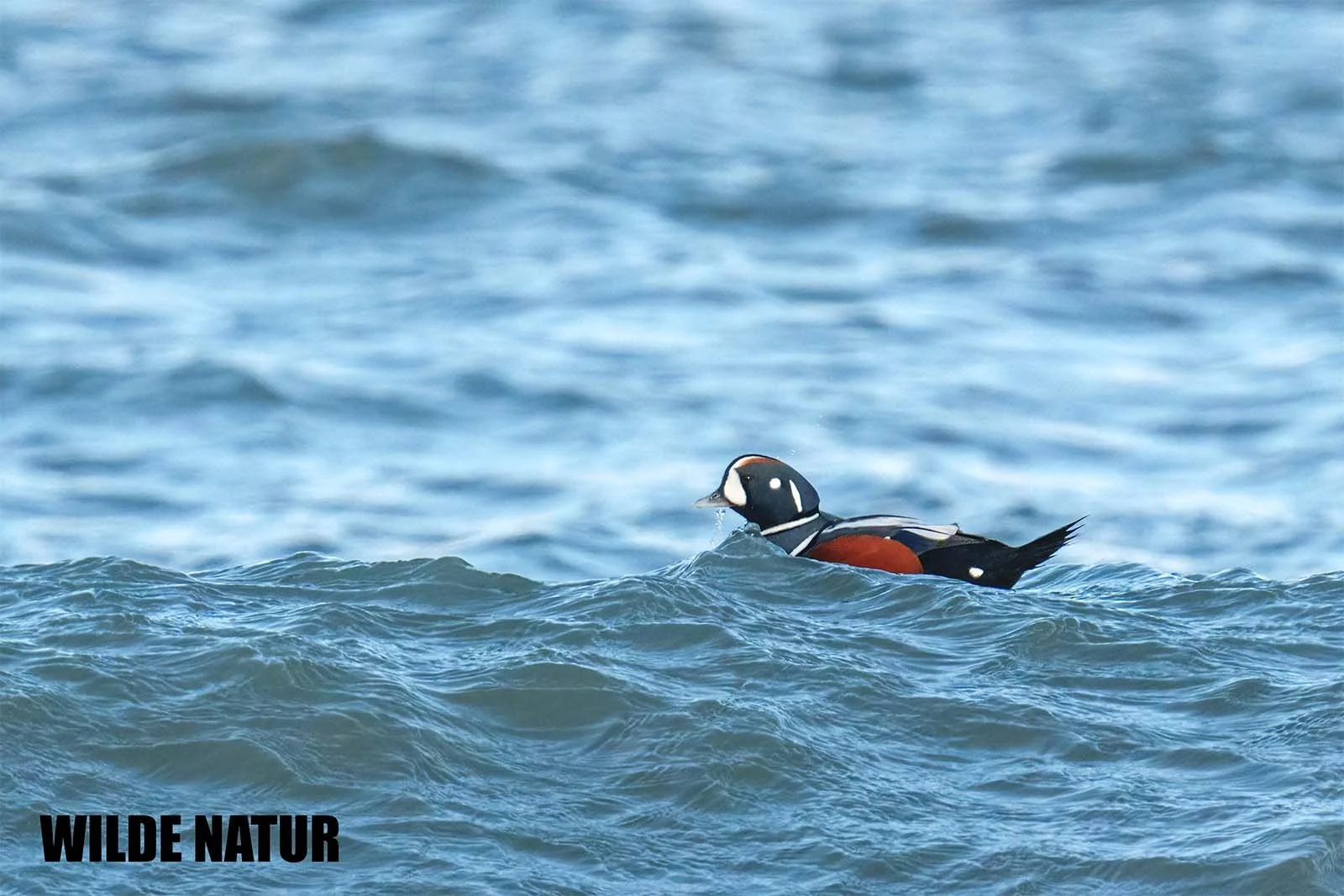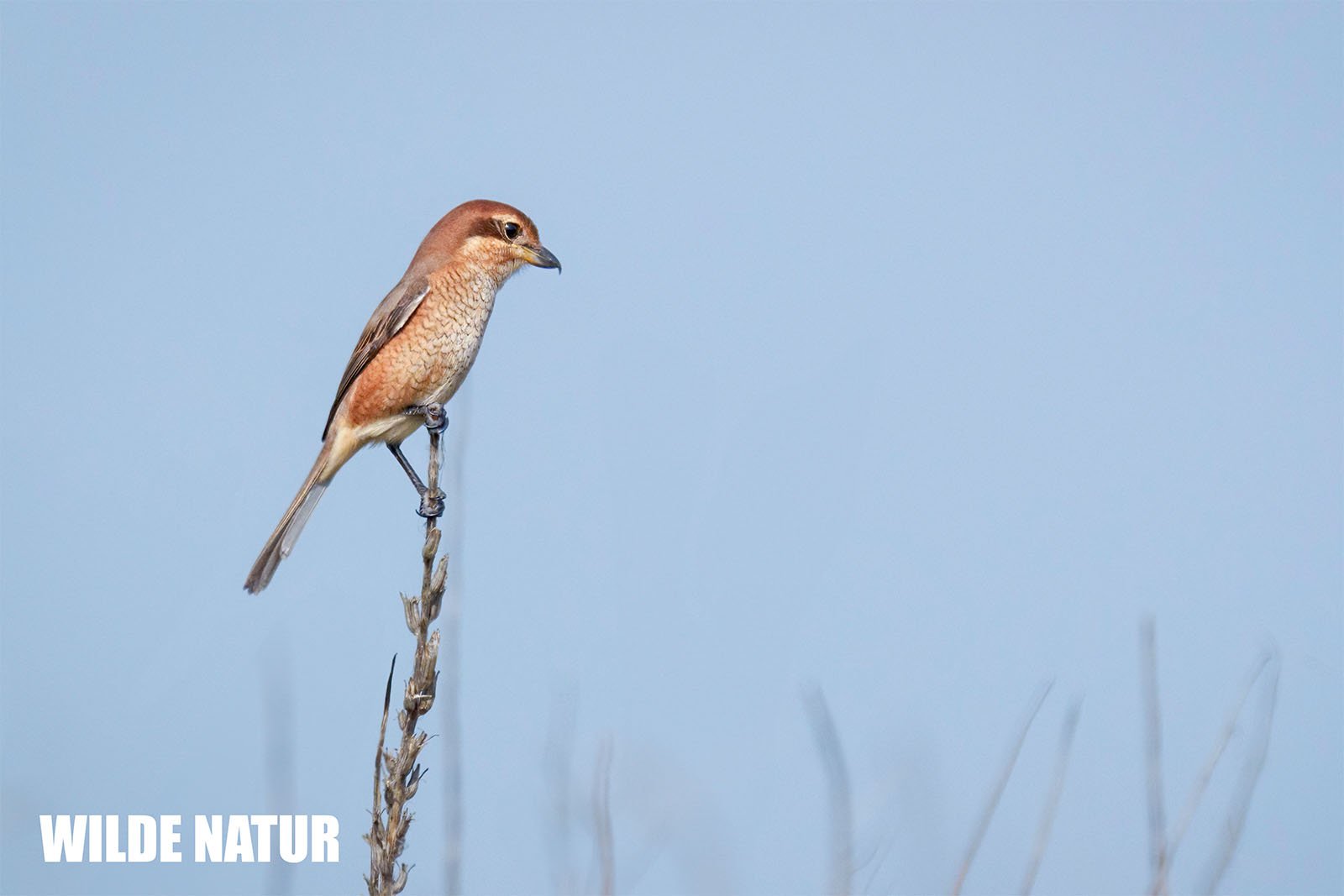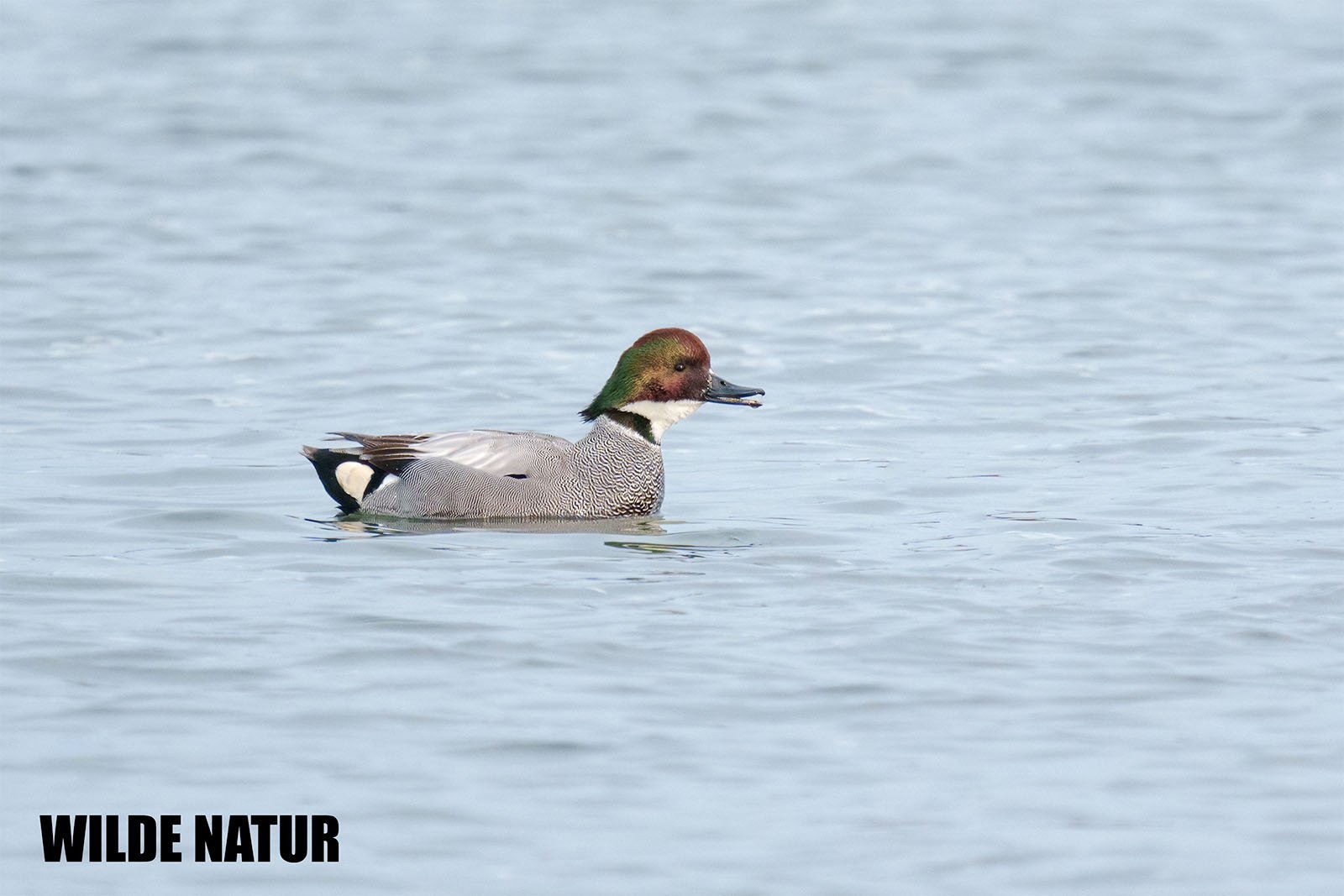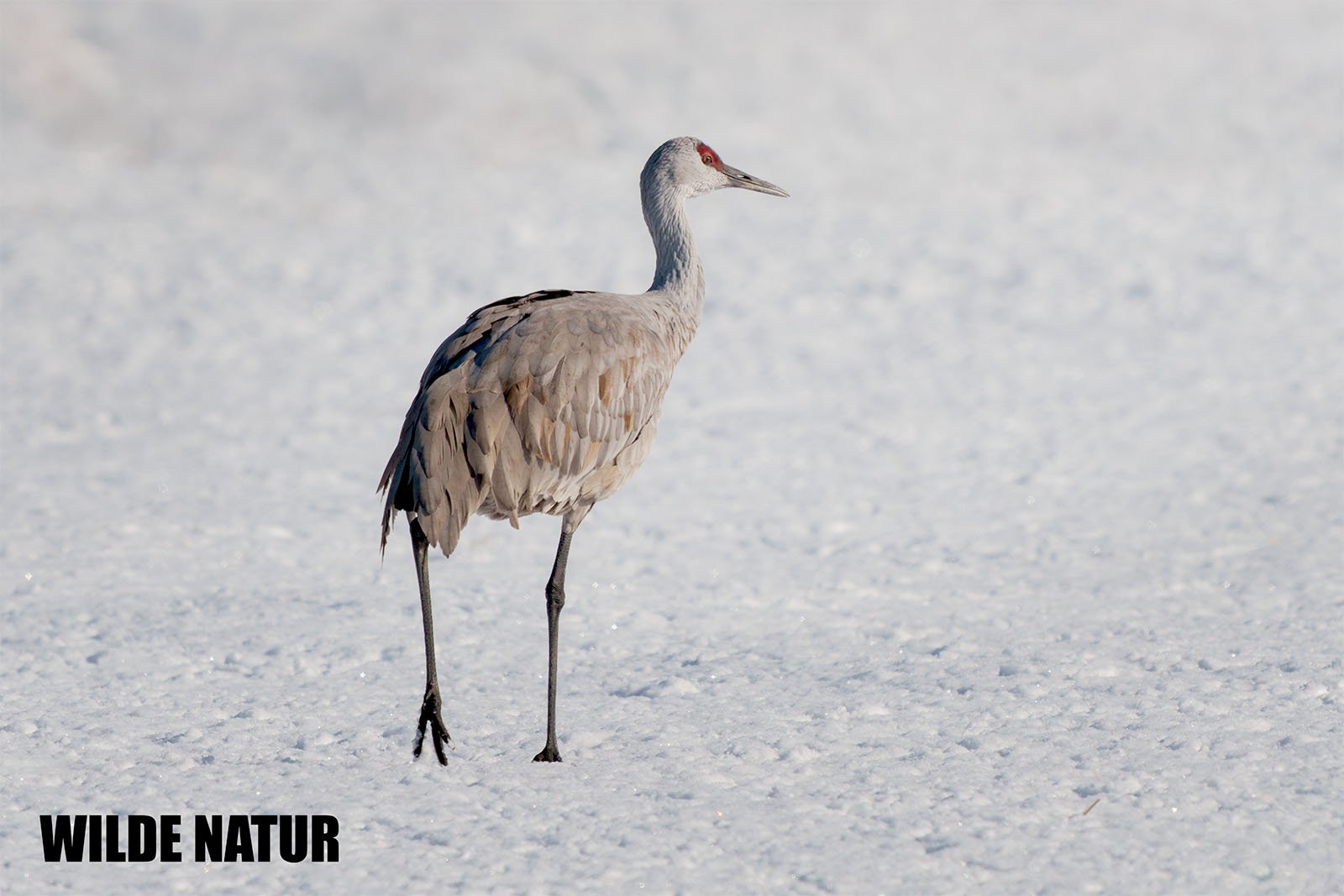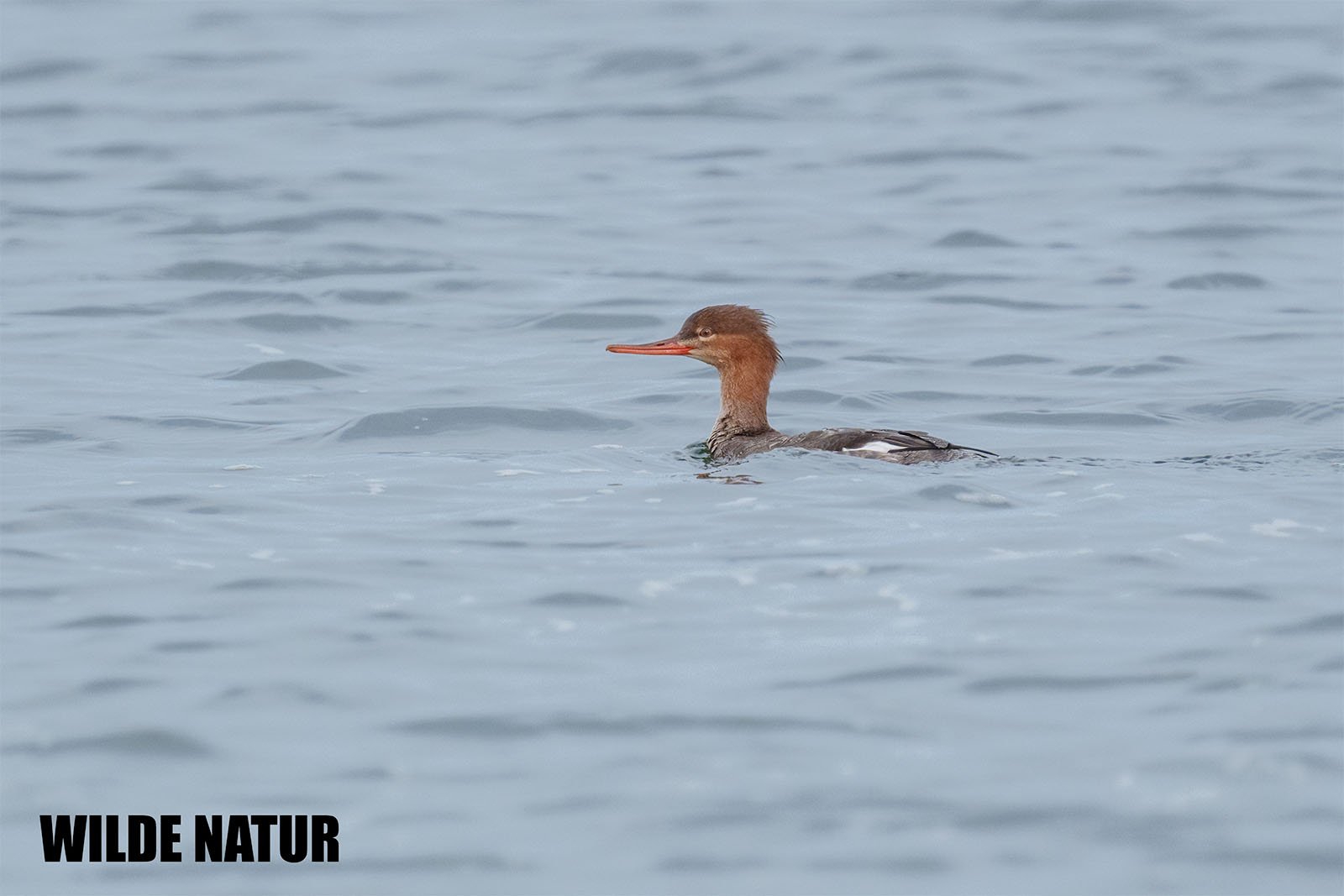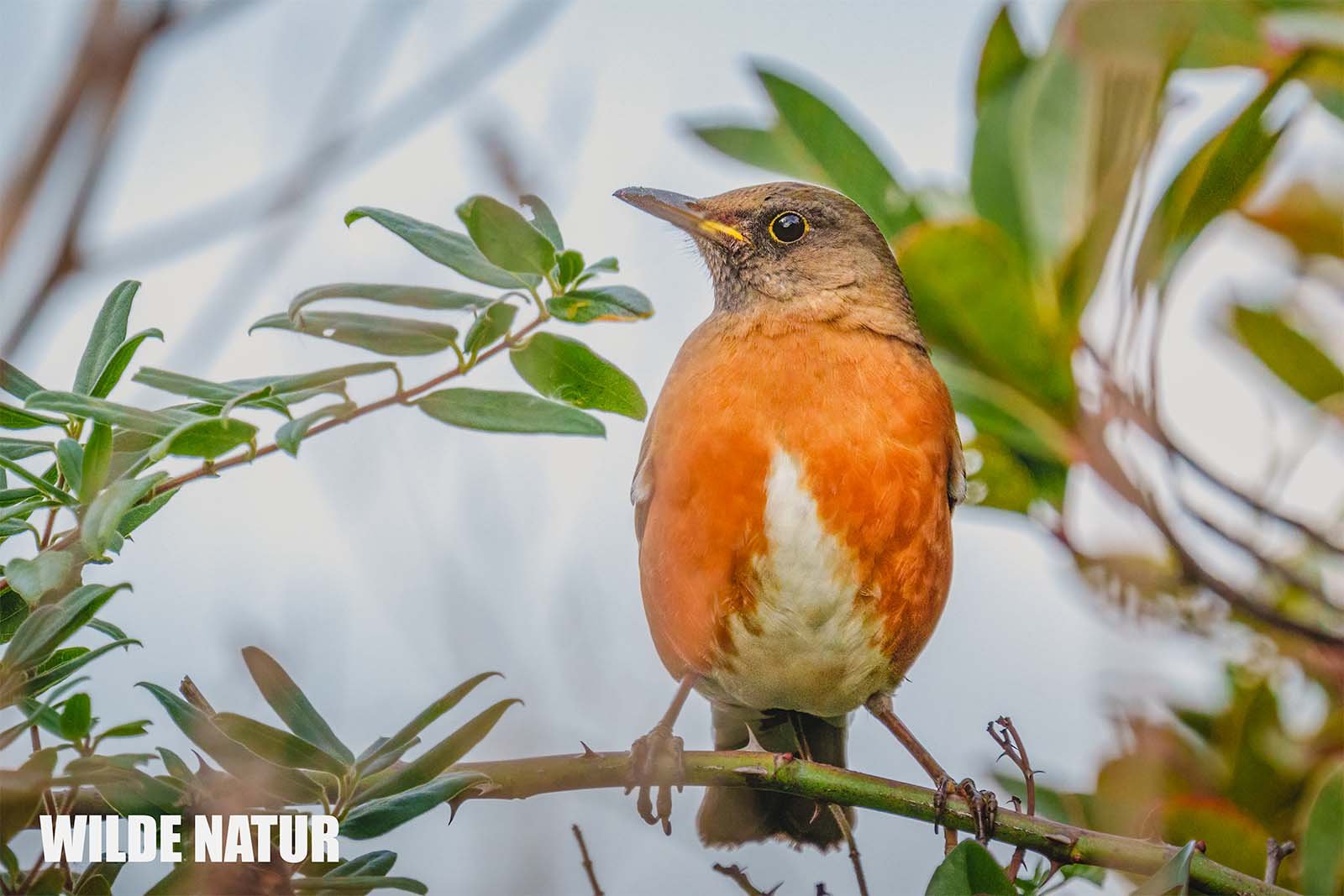Far Eastern curlew (Numenius madagascariensis)
Far Eastern curlew (Numenius madagascariensis) curlew with a long downward-curved bill wades through muddy coastal shallows
Far Eastern Curlew: A Rare Visitor with a Remarkable Beak
The Far Eastern Curlew (Numenius madagascariensis) is a globally threatened migratory bird with an impressively long bill. A rare but regular visitor to Japan’s coasts.
Shortlist
Largest shorebird with a downward-curving bill
Stops in Japan during migration between Siberia and Australia
Specialist feeder in mudflats and tidal zones
Highly vulnerable due to habitat loss
Calm, solitary behavior – hard to spot, easy to remember
Scientific Name: Numenius madagascariensis
Common Name: Far Eastern Curlew
German Name: Isabellbrachvogel
Length: approx. 60–66 cm
Weight: 900–1,300 g
Plumage: Sandy brown with dark streaks, pale underside
Bill: Exceptionally long, down-curved, pink-brown with dark tip
Diet: Worms, crabs, mollusks, insect larvae
Breeding Grounds: Eastern Siberia
Migration in Japan: March–May and August–October
Habitat: Coastal mudflats, estuaries, sandbanks
Migration Type: Long-distance migrant (Siberia to Australia)
Conservation Status: Vulnerable (IUCN)
Table of Contents
- Introduction
- Appearance
- Habitat
- Diet
- Breeding
- Migration
- Population Status
- Species Overview
- FAQ – Common Questions
Introduction
You rarely see it — and if you do, it’s often just for a moment. The Far Eastern Curlew is one of the largest shorebirds on the planet, and among the most impressive long-distance migrants. With a migration path stretching from Siberia to Australia, it occasionally stops to rest on Japan’s coasts, especially during spring and autumn. Its long, down-curved bill makes it unmistakable — but its population is in decline.
Appearance
This is not a small bird by any measure. Measuring 60 to 66 cm and weighing up to 1.3 kg, the Far Eastern Curlew towers over most waders.
Key features:
- Extremely long, curved bill — pinkish-brown with dark tip
- Sandy brown plumage with fine dark streaks on back and chest
- Underparts lighter, sometimes slightly speckled
- Wings are plain brown with little contrast
- Legs medium length, gray to bluish-gray
- In flight: long wings, large silhouette, slow and elegant movement
It looks built for endurance — a bird designed to travel far, not fast.
Habitat
In Japan, the Far Eastern Curlew is a rare migrant and winter visitor, found mainly along quiet, untouched coastal areas.
Preferred stopover habitats:
- Mudflats and tidal estuaries
- Sandbanks, river mouths, salt marshes
- Quiet shorelines with minimal human disturbance
These habitats offer both rest and food – essential for a bird on such a long journey.
Diet
The Far Eastern Curlew is a specialist feeder, adapted to extracting food from soft, muddy ground.
Typical prey:
- Marine worms
- Insect larvae
- Small crustaceans
- Mollusks
It probes slowly with its bill, often feeding alone or in small groups. While it may be near other shorebirds, its larger size and slow, focused behavior set it apart.
Breeding
This species does not breed in Japan. Instead, nesting occurs far to the north in the wet grasslands and tundra of eastern Siberia.
Breeding facts:
- Season: Early summer
- Nest: A shallow scrape on open, damp ground
- Clutch size: 3–4 eggs
- Chicks: Precocial, ready to move shortly after hatching
By late summer, adults and juveniles begin their epic migration south.
Migration
The Far Eastern Curlew is a classic long-distance migrant and relies on specific stopover sites throughout East Asia.
Route overview:
- Breeds in: Eastern Siberia
- Winters in: Australia, Papua New Guinea
- Stops in Japan: Spring (March–May) and Autumn (August–October)
It follows the East Asian-Australasian Flyway, making Japan a critical link in its journey. Disturbance and habitat loss at these stopover points are major threats.
Population Status
The Far Eastern Curlew is listed as Vulnerable by the IUCN, and population numbers are declining globally.
Key threats:
- Loss of coastal wetlands (due to land reclamation)
- Disturbance from tourism, industry, and shoreline development
- Limited number of suitable resting sites during migration
In Japan, it is rare but regular, especially along key coastal wetlands. Its survival depends on protecting large, undisturbed feeding areas.
Species Overview – Far Eastern Curlew
| Feature | Description |
|---|---|
| Scientific Name | Numenius madagascariensis |
| Common Name | Far Eastern Curlew |
| German Name | Isabellbrachvogel |
| Length | 60–66 cm |
| Weight | 900–1,300 g |
| Plumage | Sandy brown with dark streaks, pale underparts |
| Bill | Exceptionally long, downward-curved |
| Diet | Worms, mollusks, crabs, insect larvae |
| Breeding Season | Early summer (Siberia only) |
| Japan Migration Time | March–May, August–October |
| Habitat | Mudflats, estuaries, untouched coastal zones |
| Migration Pattern | Long-distance (Siberia ↔ Australia) |
| Conservation Status | Vulnerable (IUCN Red List) |
FAQ – Common Questions
1. Where can I see the Far Eastern Curlew in Japan?
Mainly in undisturbed coastal wetlands during migration seasons (March–May and August–October).
2. What makes this bird unique?
Its enormous downward-curved bill — longer than its head — and its large body size make it the largest curlew species in the world.
3. Why is the species threatened?
Habitat loss, especially along East Asia’s coasts, and human disturbance during migration are major factors.
4. Does it breed in Japan?
No. It breeds in eastern Siberia. Japan is only a migration stopover.
5. How can we protect it?
By preserving coastal mudflats and minimizing human disturbance at key feeding and resting sites along its migration path.



